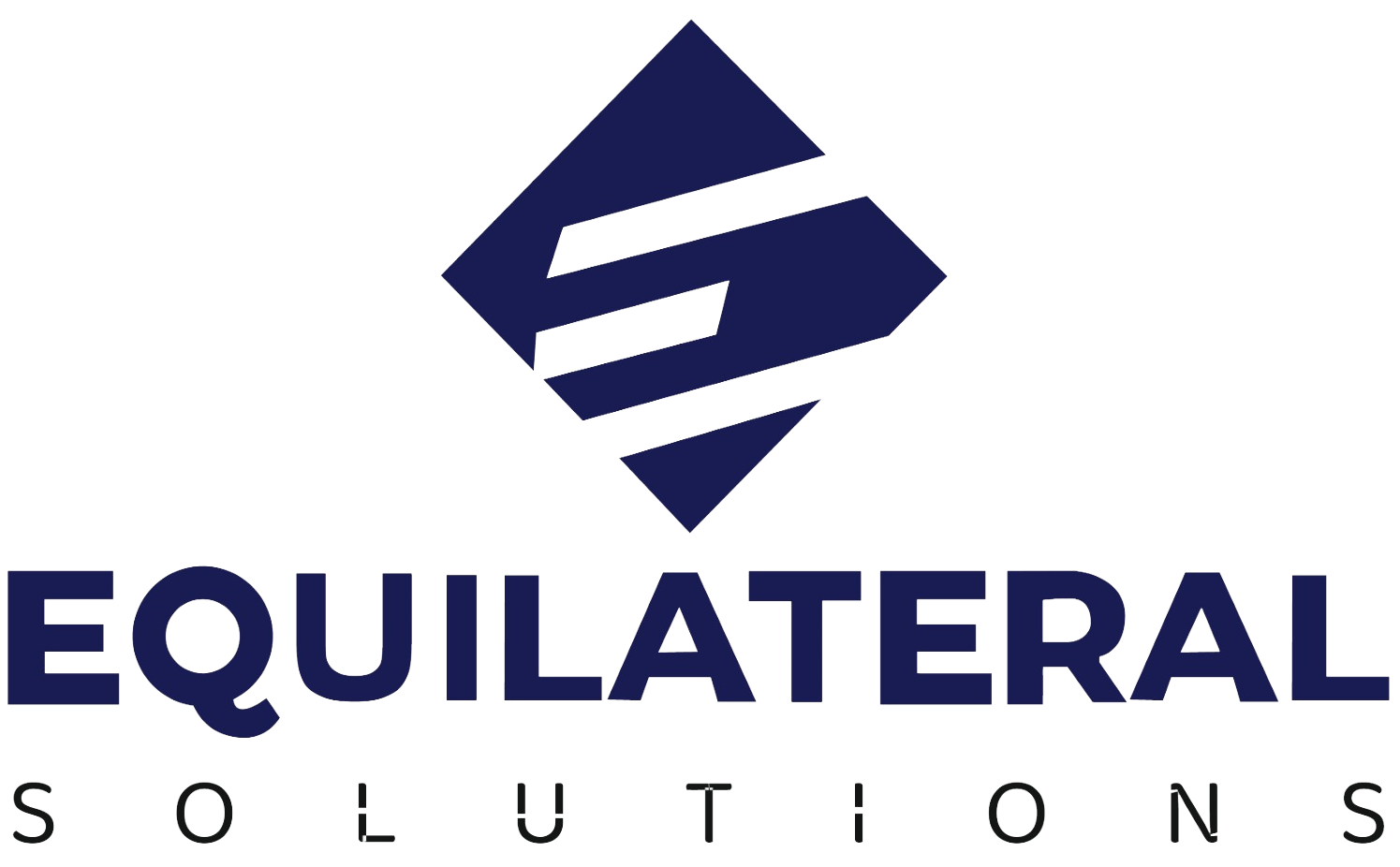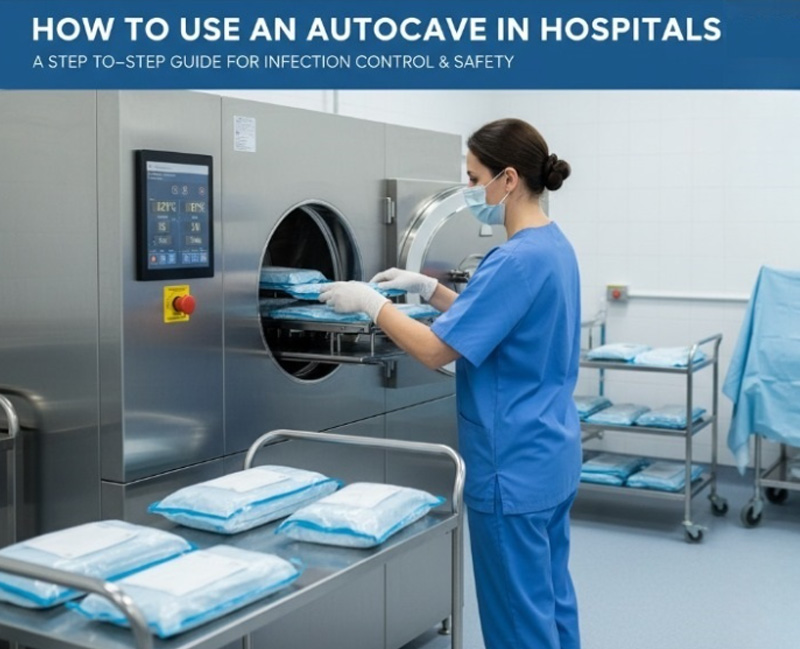In hospitals, infection control isn’t just a protocol—it’s a matter of life and safety. Every instrument that touches a patient must be completely sterile, and this is where an autoclave machine becomes indispensable. However, many hospital staff members often wonder how to use an autoclave properly to ensure effective sterilization without damaging instruments.
If you’re one of them, this step-by-step guide will help you understand exactly how to use an autoclave in hospitals safely, efficiently, and in compliance with hygiene standards.
What Is an Autoclave and Why It’s Essential in Hospitals
An autoclave is a steam-based sterilization machine that uses a combination of pressure, temperature, and time to destroy microorganisms like bacteria, viruses, fungi, and spores. Typically, the sterilization process happens at 121°C under 15–30 psi pressure for 15–30 minutes.
In hospitals, autoclaves play a vital role in ensuring that surgical instruments, dressing materials, and lab tools are completely free from contaminants. This prevents hospital-acquired infections (HAIs) and safeguards both patients and staff.
Autoclaves are also widely used in pharmaceutical industries, laboratories, and clinics, where hygiene and contamination control are critical.
Learn more about our advanced steam-based systems here: Horizontal Steam Sterilizer Autoclave Machine
Understanding How an Autoclave Works
Autoclaves operate on a simple but powerful principle: steam under pressure kills microorganisms more effectively than dry heat. Here’s how the process works:
- Heating Phase: Water inside the autoclave is heated until it produces pressurized steam.
- Sterilization Phase: The chamber maintains a constant temperature (121°C or higher) for a set period, allowing steam to penetrate even hard-to-reach areas. /a
- Cooling & Drying Phase: After sterilization, the pressure is released, and instruments are cooled and dried before unloading.
When these steps are followed correctly, autoclaves can achieve 100% sterilization of surgical tools and materials.
Types of Autoclaves Used in Hospitals
Vertical Autoclave
Compact and space-saving, these autoclaves are top-loading units commonly used in laboratories and small medical centers. They are ideal for sterilizing glassware, culture media, and smaller medical instruments.
Horizontal Autoclave
Horizontal autoclaves are front-loading, large-capacity sterilizers designed for hospitals, surgical units, and pharmaceutical facilities. They can handle bulk sterilization of surgical kits, dressings, and medical equipment efficiently.
Equilateral Solutions specializes in high-performance, durable horizontal steam autoclaves.
Step-by-Step Guide – How to Use an Autoclave in a Hospital
Step 1 – Preparation of Instruments
- Wash and dry them thoroughly to remove any organic matter or residue.
- Use autoclave-safe wrapping materials or pouches.
- Avoid including plastic or moisture-sensitive items that could deform under heat.
Step 2 – Loading the Autoclave
- Arrange items properly to allow steam circulation.
- Do not overcrowd trays—steam must reach every surface.
- Check door seals and locking mechanisms to ensure a secure closure before starting the cycle.
Step 3 – Setting the Parameters
- Set the temperature between 121°C and 134°C and time between 15–30 minutes, depending on load type.
- Modern autoclaves feature digital control panels that make parameter setting easy and precise.
Step 4 – Running the Sterilization Cycle
- Start the cycle and monitor the temperature and pressure on the control display.
- Never open the door while the cycle is in progress.
- Wait for the completion alert before proceeding.
Step 5 – Cooling and Unloading
- Allow pressure to normalize before unlocking the chamber.
- Always wear sterile gloves while handling instruments.
- Let instruments cool before using or storing them to prevent condensation or contamination.
Best Practices for Safe and Effective Autoclave Use
- Use only distilled or RO water to avoid mineral scaling inside the chamber.
- Maintain a sterilization logbook to record every cycle for traceability and compliance.
- Schedule routine calibration and maintenance for consistent performance.
- Provide regular staff training on sterilization procedures and safety guidelines.
Following these practices ensures consistent sterilization quality and prolongs the lifespan of your autoclave.
Common Mistakes to Avoid
Even a well-designed autoclave won’t perform effectively if used incorrectly. Avoid these common errors:
- Overloading the chamber, which restricts steam circulation.
- Using incorrect temperature or time settings for specific materials.
- Skipping pre-cleaning of instruments, leading to incomplete sterilization.
- Neglecting maintenance, which can reduce efficiency and compromise safety.
Maintenance and Safety Checks
To keep your autoclave operating at its best:
- Daily: Drain excess water and wipe the chamber dry.
- Weekly: Inspect safety valves and door gaskets for wear.
- Monthly: Check temperature accuracy and run test cycles.
- Annually: Get professional calibration and servicing.
Equilateral Solutions provides installation, maintenance, and calibration support for all autoclave models, ensuring long-term reliability and compliance.
Why Choose Equilateral Solutions for Hospital Autoclaves
At Equilateral Solutions, we specialize in Horizontal Steam Sterilization Equipment and Hospital CSSD Equipment designed to meet the highest medical and industrial hygiene standards.
- ISO 13485 Certified — trusted for quality and safety.
- Built for durability — made from premium-grade stainless steel.
- Customizable solutions — tailored to your hospital’s sterilization capacity.
- Reliable after-sales service — including installation, maintenance, and validation.
Explore our complete range of hospital autoclaves at Equilateral Solutions.
FAQs – Autoclave Use in Hospitals
- 1. What is the ideal temperature for autoclave sterilization?
121°C for 15–30 minutes, depending on the load type. - 2. Can all instruments be autoclaved?
Only heat- and moisture-resistant materials are suitable. - 3. How often should an autoclave be serviced?
Monthly inspections and annual calibration are recommended. - 4. Is autoclaving 100% sterilization?
Yes, when correct time, temperature, and pressure are maintained. - 5. Why use distilled water in autoclaves?
It prevents mineral buildup and ensures cleaner steam generation.
Final Thoughts
Proper use of an autoclave ensures infection control, patient safety, and long-term equipment performance. Hospitals that follow standardized sterilization steps minimize contamination risks and improve overall workflow efficiency.
If your facility needs a hospital-grade, ISO-certified autoclave system, partner with Equilateral Solutions — a trusted autoclave manufacturer in India offering reliable sterilization equipment and complete technical support.
Contact us today to explore customized autoclave solutions designed for healthcare and laboratory excellence.

